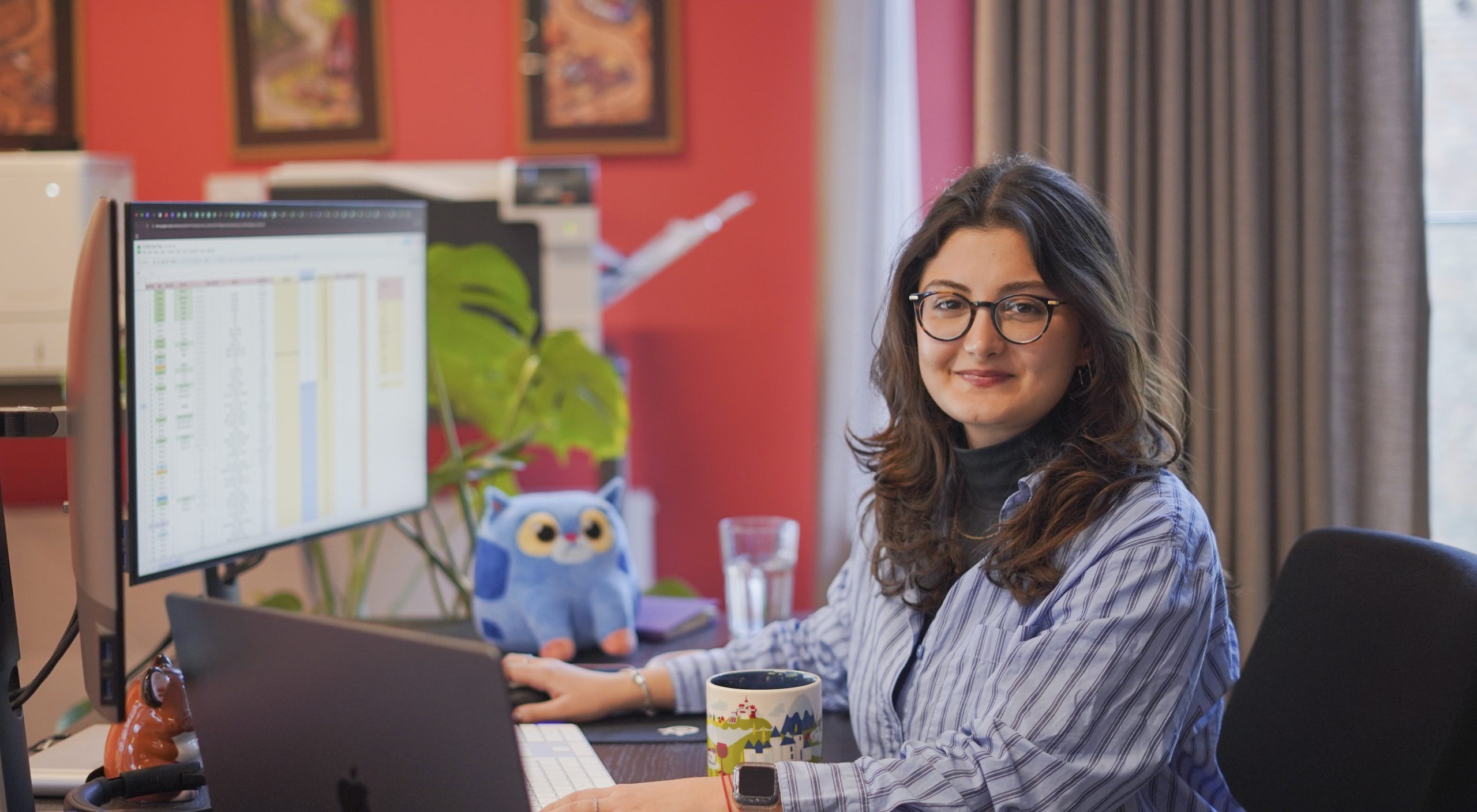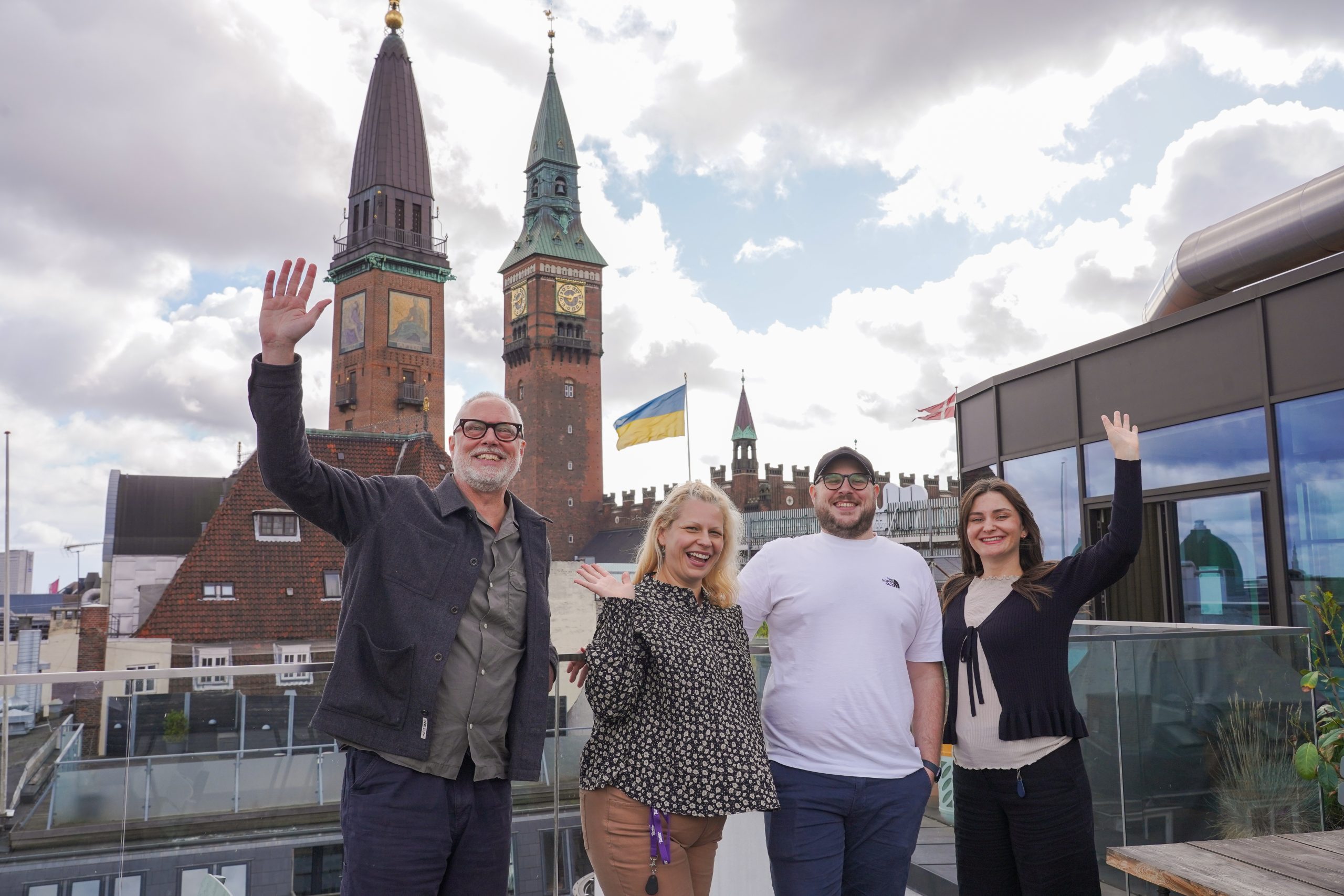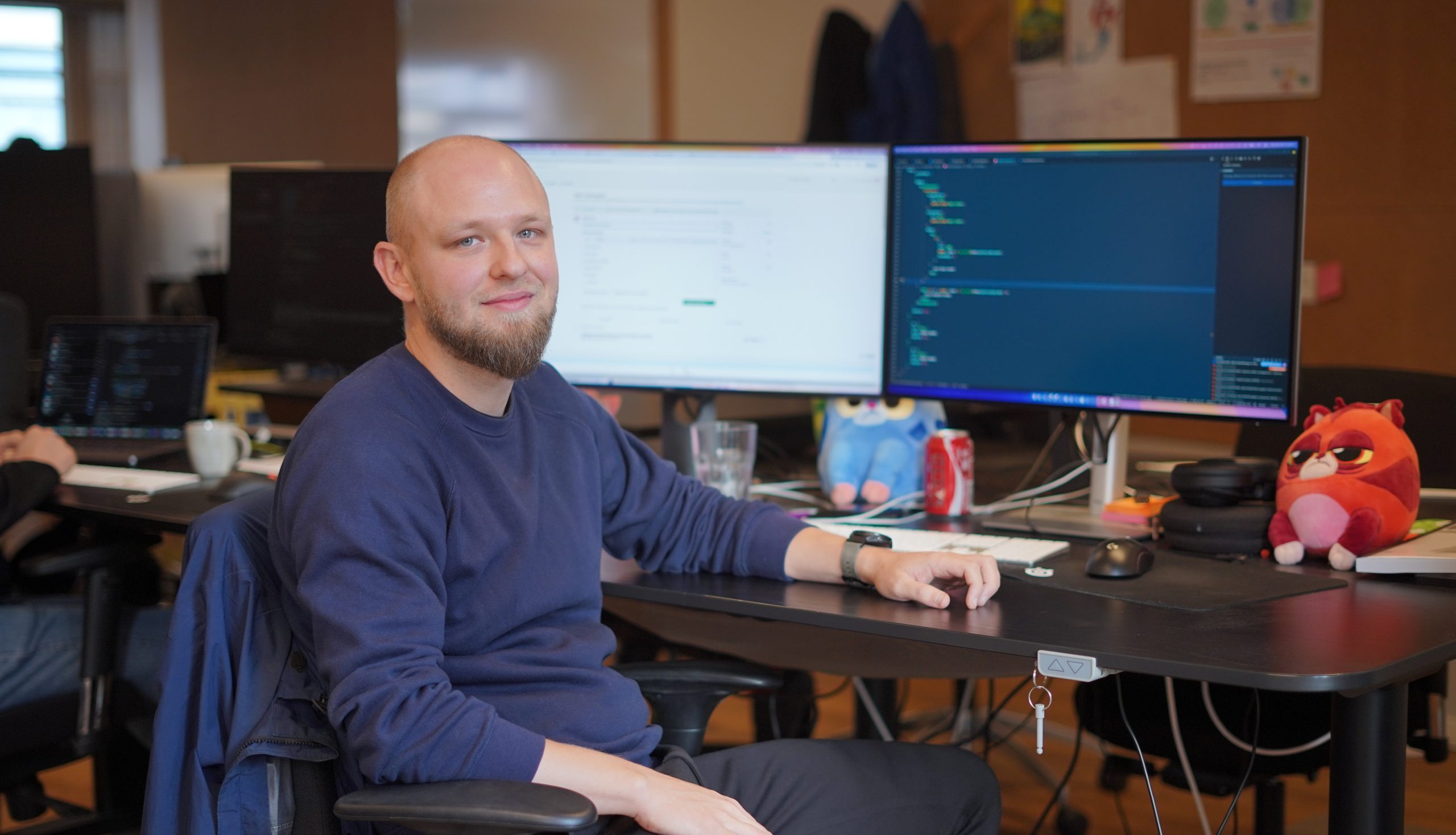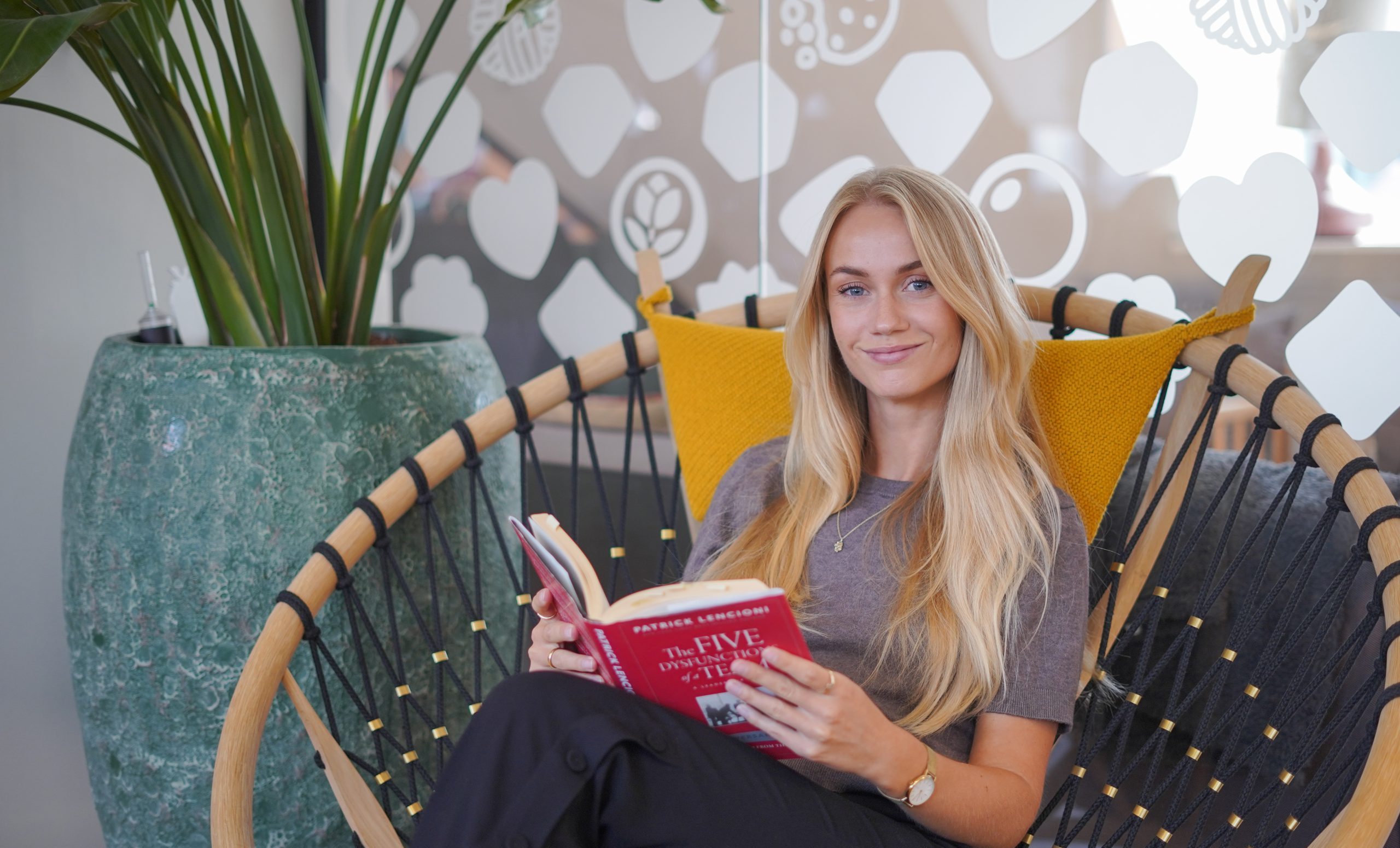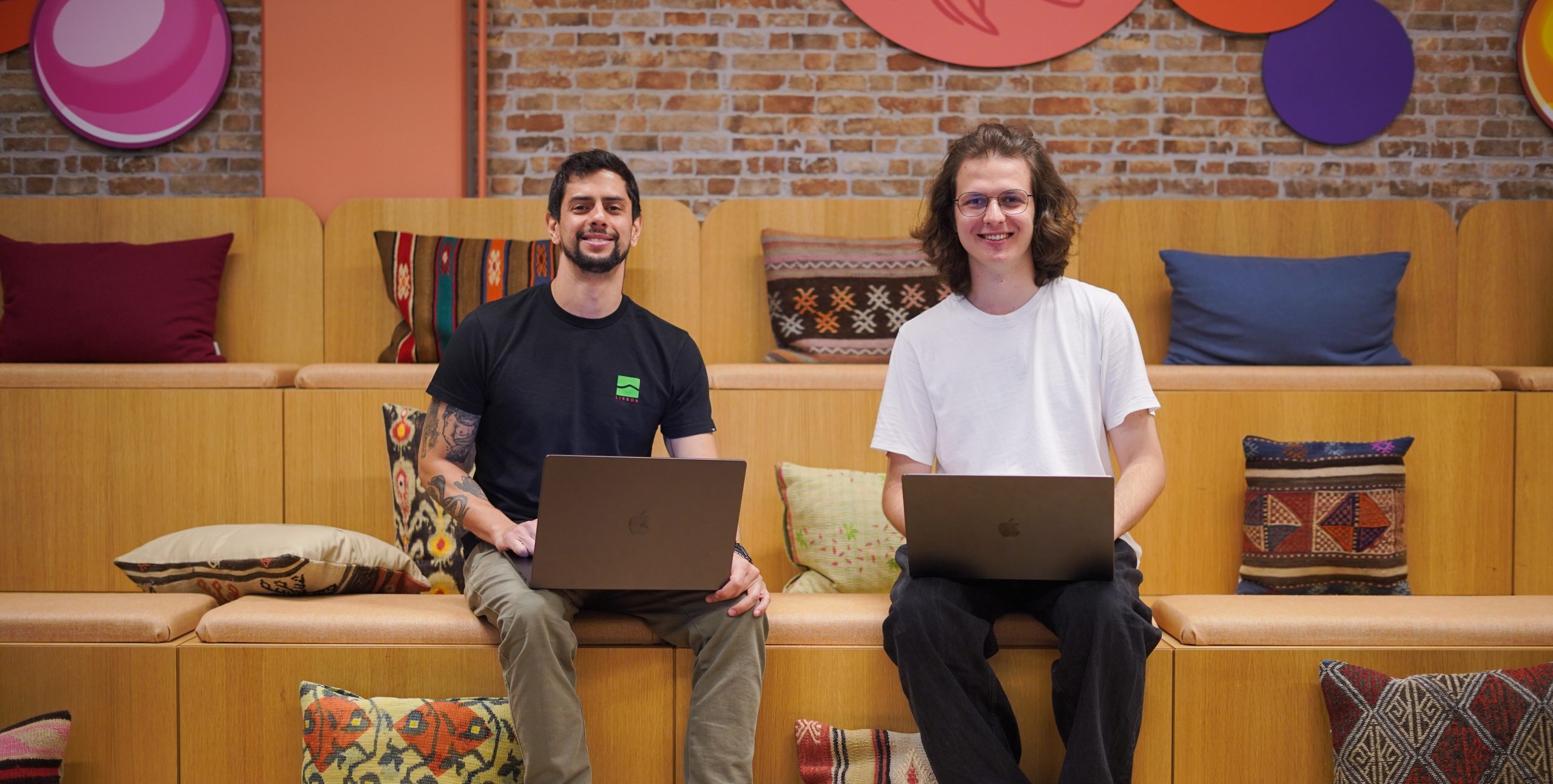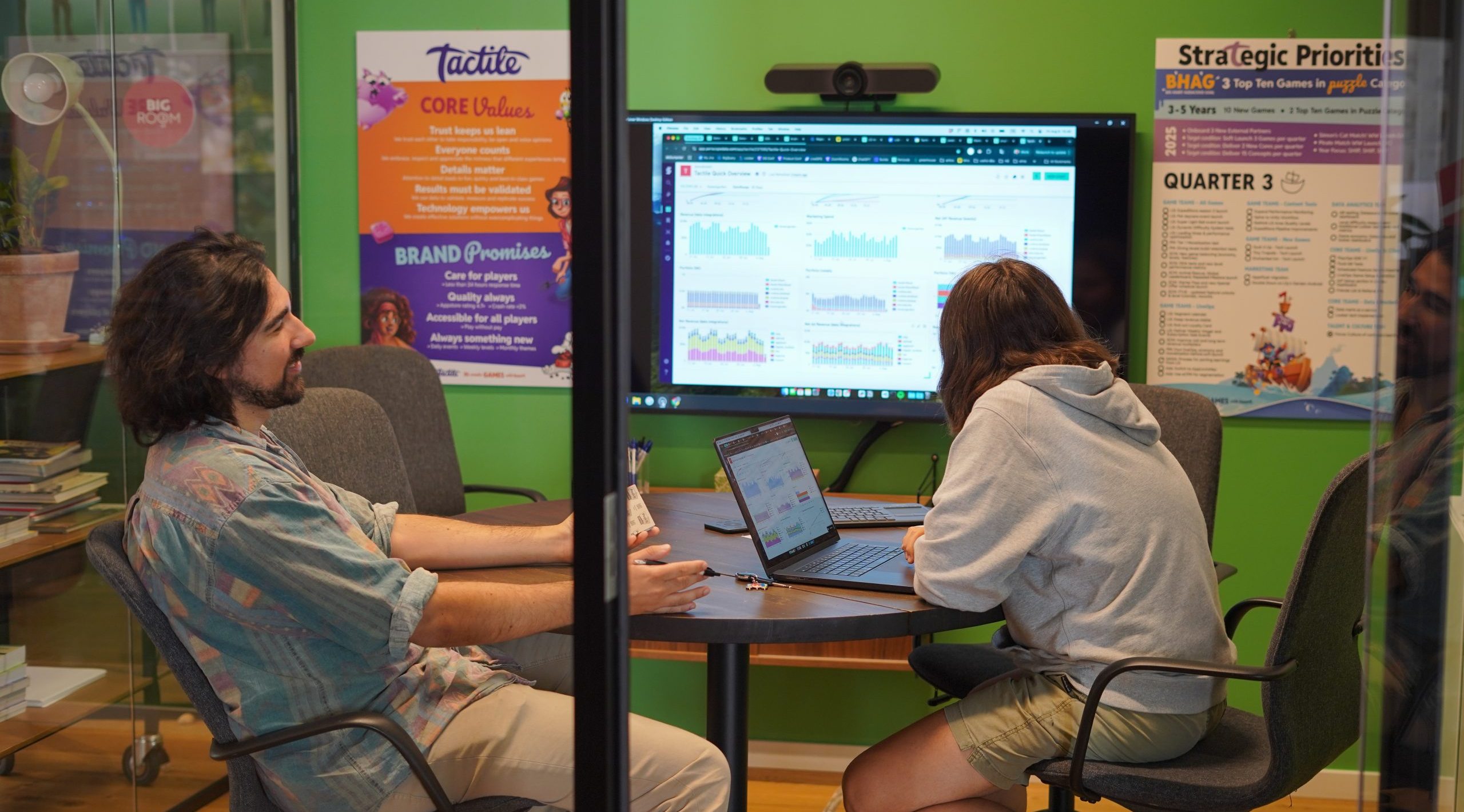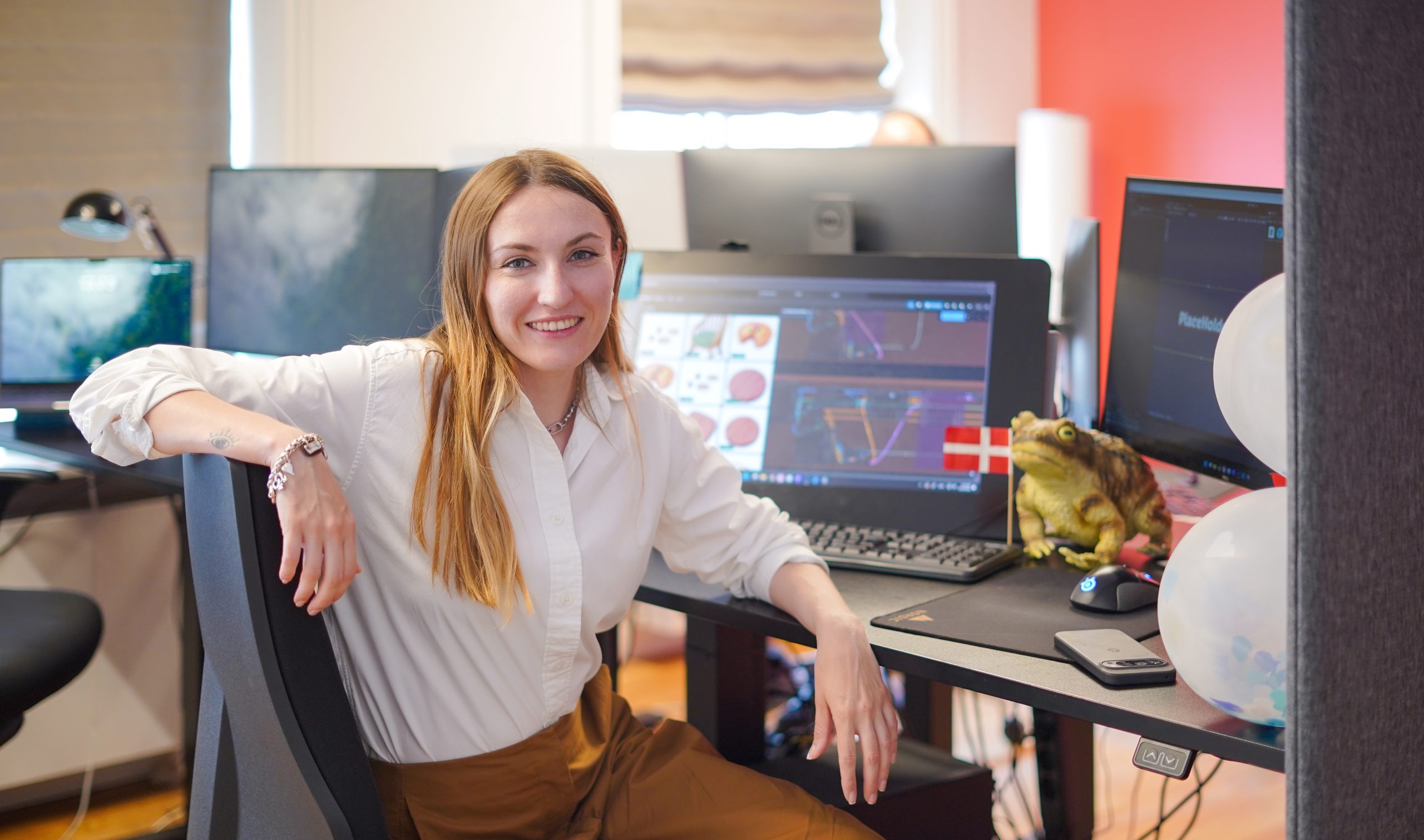Relocation to Denmark – FAQs
Relocating to a new country is a life-changing experience! Whilst there’s a lot of positive emotions around it, the move can also be stressful and overwhelming. How will it be once you get to your destination? Will it be easy to get settled in? Are the public institutions well organized? Is there a good public transportation system in place that is easy to navigate?
At Tactile, we relocate people from all over the world and many of us have been through this experience, asking ourselves the same questions and feeling the same concerns. So to help you get better prepared for your potential move to Denmark, we have compiled a list of the most frequently asked questions which we get from our applicants, candidates and new hires.
We hope this list helps you to feel more prepared to start your new life in Denmark, but let us know in the comments if there is something else you would like to know about! 🙌
1 – What official documents do I need to get set-up in Denmark?
CPR number, Sundhedskort and MitID
🔢 When you arrive in Denmark and your visa (if you need one) has been accepted, you will need to apply for your civil registration number called the CPR number (if you are staying for 3 months or longer, 6 months or longer if you are a citizen from the EU, EEA countries or Switzerland). All residents in Denmark need to have a CPR number. You need it to open your bank account, receive salary, access your health insurance, borrow books from the library, pay tax, and so on. This number needs to be registered with the International House in Copenhagen.
🗂️ You will also receive your yellow health card (sundhedskort) within around 4 weeks after you register for your CPR number. Don’t forget to have your name on your mailbox at home! This health card entitles you to benefits according to the Health Act.
💳 Once your CPR registration is done, you can also get your MitID. MitID is a digital signature, which you can use to do your online banking, get information from the public authorities or engage with one of the many businesses that use MitID.
2 – How do taxes work in Denmark and why are they so high?!
When you receive your CPR number, you need to apply for a Tax Card. This is important so that you get taxed correctly. Without this, the maximum tax will be deducted from your salary. Follow this link to register your tax. It provides a step by step guide on how to do so.
All citizens in Denmark use the public sector in some way, and as a general principle all citizens must thus help pay for it. The tax funds are used to pay for the different expenses that Danish society has such as welfare benefits, state pension, child benefits and for public institutions such as schools, hospitals, libraries and the police.
The Danish tax system is progressive. This means that the higher your income, the more taxes you have to pay. In many other countries citizens pay less tax than in Denmark, but in return they have to pay to go to school, to the hospital, the doctor’s, etc. Denmark has its own Minister of Taxation, Ministry of Taxation and its own taxation laws.
💴 Read more about the Danish tax system here (source: Skat.dk).
3 – How do I go about opening a bank account in Denmark?
You can apply for a bank account at one of the banks in Copenhagen. As a customer of any bank you will also get access to online banking. You will need to do some research on which bank you wish to use.
To open an account you will need the following documentation:
- Health insurance card (the yellow card) and your CPR number
- Passport/ID card with photo
- Proof of address, for example the lease for your apartment or your Health Insurance Card
- It is also a good idea to bring your contract of employment.
🏦 Some banks can take up to 8 weeks processing time.
4 – What are my accommodation/housing options once in Denmark?
In order to get you formally registered into the Danish system you need to be registered to an address.
Rents in Denmark vary widely, depending on the location, size, and general condition of the specific dwelling. You can rent a room, a flat or a single-family house. You can rent either from a private landlord or a housing association. Read more about it here (source: Life in Denmark).
In order to rent a property in Denmark, you will generally be expected to pay a deposit amounting of a down payment and typically, your first and last rent, by Danish bank transfer. Please note that this can amount to 50.000 DKK or more as the move-in price! Do not pay the deposit by cash, because you can’t prove the payment if anything goes wrong!
- 💪 As a tenant on the Danish housing market you have rights – read more about them here.
- 🤔 If you pay too much rent, you can get help to lower your rent and get refunded, read more about it here.
These are some of the most popular real estate websites in Denmark:
- LifeX – Beautiful co-living with a Nordic feel
- Movinn – High quality serviced apartments
- Bolig Portal – Most popular real estate website, but please note that it is fee-based
- Find Bolig Nu – Free to use 🥳
- Home DK
- Heimstaden
5 – How does pension work in Denmark?
The Danish pension system is designed so that you can receive a pension from multiple sources. Normally, you will qualify for a state pension when you reach the state retirement age. If you are a wage earner, your employer will also generally ensure that some of your salary is contributed to a pension savings account, and you can also set up your own individual pension scheme.
All three kinds of pensions are there to ensure that you and your family have a decent standard of living when you leave the labour market, whether you leave due to old age, sickness or death. This means that your pension is a kind of insurance product.
🧓 Read more about the different types of pension here (source: Borger.dk).
6 – How does the Danish labour market work and what roles do Unions play in it?
The Danish labour market is known for high job mobility, flexibility, competitiveness and high quality working conditions. The labour market is, to a great extent, regulated by the various players in the labour market themselves, in contrast to regulation by legislation. Pay and working conditions are typically laid down by collective agreements concluded between trade unions and employers’ organisations. This system of labour market regulation is referred to as the Danish Model.
The trade unions play a pivotal role in the Danish labour market, and there is a high level of union membership among Danish workers. At national level, trade unions negotiate collective agreements with employers’ organisations. Trade unions can also assist with cases regarding pay and working conditions and can help in connection with work-related injury cases, rehabilitation, etc. Some trade unions also offer personal consultancy and career planning insurance, etc. These offers vary according to the industry with which the trade union is associated.
⚒️ Read more about the Danish Model here (source: Borger.dk).
6 – How does the public healthcare system work in Denmark?
The basic principle of the Danish welfare system is that all citizens have equal rights to social security. The majority of healthcare services are financed by general taxes and mainly provided free of charge.
At Tactile, we offer a pension scheme with private healthcare insurance. This gives Tactilers access to treatment by physiotherapists, chiropractors, reflexologists, acupuncturists and examinations by specialists, also at private hospitals and clinics, that you would otherwise have to pay for yourself.
- 🗂️ Your yellow health card (sundhedskort in Danish) entitles you to medical treatment in Denmark.
- ❤️🩹 Read more about the Danish Health Authority here.
7 – Is education free in Denmark?
Education for all – Danish education system aims to ensure that all people acquire knowledge and competencies that qualify them to take an active part in society and contribute to its further development. The system is built on the values of high standards, relevance, lifelong learning, active participation and project work .Education is open to all and generally free of charge.
🏫 Read more about it here (source: Danish Ministry of Higher Education and Science)
8 – What about getting around the country? How’s the public transportation system in Denmark?
Public transport in Denmark is easy, fast and convenient. As a small country with hundreds of islands, there are many interconnecting transport routes by land, sea and air. The journey truly is the destination when you’re travelling around Denmark – if you want to travel car-free, you can choose from a super reliable train, bus, ferry and boat network.
🚞 Here’s all you need to know about how to find your way around Denmark.
9 – What does “Hygge” mean and how is it incorporated into the Danish lifestyle?
“Hygge” is a Danish concept that roughly translates to a sense of coziness or well-being enjoyed through simple things in life. It’s deeply integrated into the Danish culture and lifestyle. You might experience “hygge” whilst enjoying a dinner with friends, curling up with a book whilst it’s raining outside, having a piece of pastry in a cozy café, or while strolling through the city’s beautiful parks and historic streets.
Hygge is particularly important during the colder months. It can be found in the warm glow of candlelit rooms, in the comfort of a woolen blanket, in the smell of hot coffee or a home-cooked meal, and in the company of loved ones. This deep appreciation of simple, everyday moments is key to understanding the Danish way of life.
10 – Do people bike in Copenhagen??
Denmark, and Copenhagen in particular, is one of the biking capitals of the world!
Bicycles are actually the preferred mode of transportation for many people in Denmark, and the infrastructure in the cities is designed to accommodate that (there are also many “cycling highways”). There’s dedicated bike lanes, traffic signals, and parking facilities, which make it easy and safe to travel by bike. Biking is great because it contributes to a healthier lifestyle, reduces traffic congestion and also contributes to a greener environment! It is very common to see people of all ages, from kids to seniors, riding bikes around the city.
Cargo bikes, also known as Christiania bikes, are integral to the biking culture. They are used for transporting your shopping, carrying children and even furry companions! 🐕
🚲 Read more about biking in Copenhagen here.
11 – What about water activities in Denmark? Is the tap water drinkable?
Denmark is a country surrounded by water, and has a unique water-centric lifestyle. Copenhagen, in particular, is full of beautiful canals and harbor areas.
You can do a lot of different activities here, including swimming, boating (for sport or pleasure, just check out GoBoat), windsurfing and many more. The city offers many public swimming areas in its canals, where you can take a refreshing dip during the warmer months, or even the colder months (for the brave ones 🥶). Denmark, like other Scandinavian countries, has a strong winter bathing and sauna culture. You can read more about it here.
Denmark is also extremely committed to environmental sustainability, which ensures that tap water here is of high quality and safe to drink! 👌
12 – How is the work-life balance in Denmark?
Denmark is consistently ranked among the countries with the best work-life balance in the world.
The Danish work culture places a strong emphasis on productivity and efficiency, with the goal of maintaining a healthy work-life balance. There are many policies in place promoting flexible working hours, generous vacation time, and a healthy work culture. Working overtime is discouraged, and most employees leave at around 4-5pm. On average, Danes work a 37-hour week and enjoy 5 weeks of paid leave. This means plenty of free time to prioritize life outside of work.
At Tactile, we have flexible work hours. Our core working hours are from 9-15 and how you distribute the rest of your work hours is entirely up to you! This is to ensure that every employee can have the work-life balance that suits them best.
13 – Do people in Denmark speak good English?
Yes, absolutely! A large majority of Danes (over 86%*) speak English as their second language.
You don’t need to worry about speaking English in Denmark – you will be understood by almost everyone and you will be able to have fluent conversations as well.
14 – What relocation package do you offer at Tactile?
We offer full relocation support to those coming from outside of Denmark and also to those who are moving from other parts of the country (outside of Sjælland).
Our relocation package for those coming from outside of Denmark includes:
📜 Visa sponsorship, support with visa applications (for the new employee and anyone who might be moving with them – partner/spouse, children and pets) and support with navigating the bureaucratical processes in Denmark
✈️ Paid transportation with relation to your move (but it’s up to you to decide whether you’d like to fly, drive, take the train, etc.)
🏚️ 3 months of paid accommodation
💰 A relocation allowance to cover any additional expenses relating to your move
The cool thing about relocating to Denmark is that the level of digitization is super high, which means less confusion, more convenience and a lot of helpful apps for many of your needs. This is why we have decided to put together a list of useful apps that will help you navigate your new life in Denmark more easily! 🙌😎
Good luck with your move! 🍀

